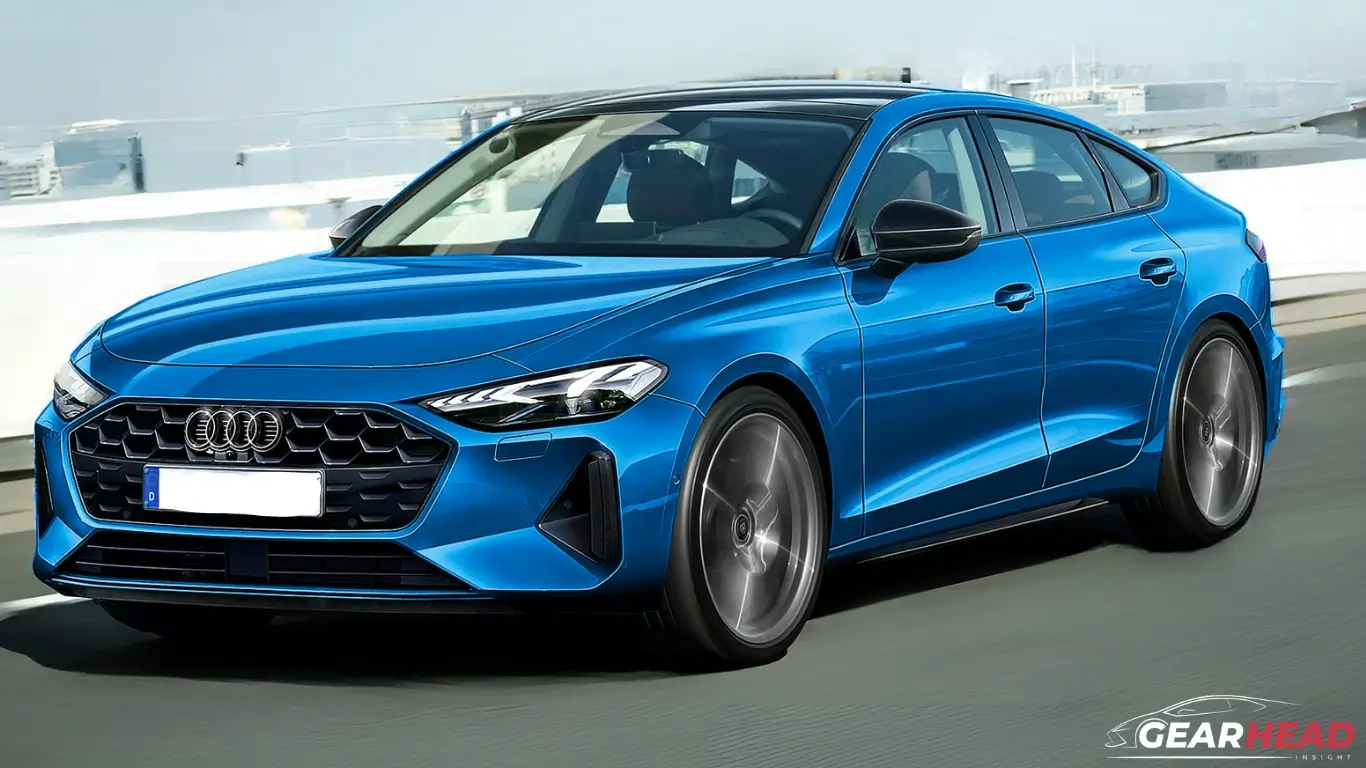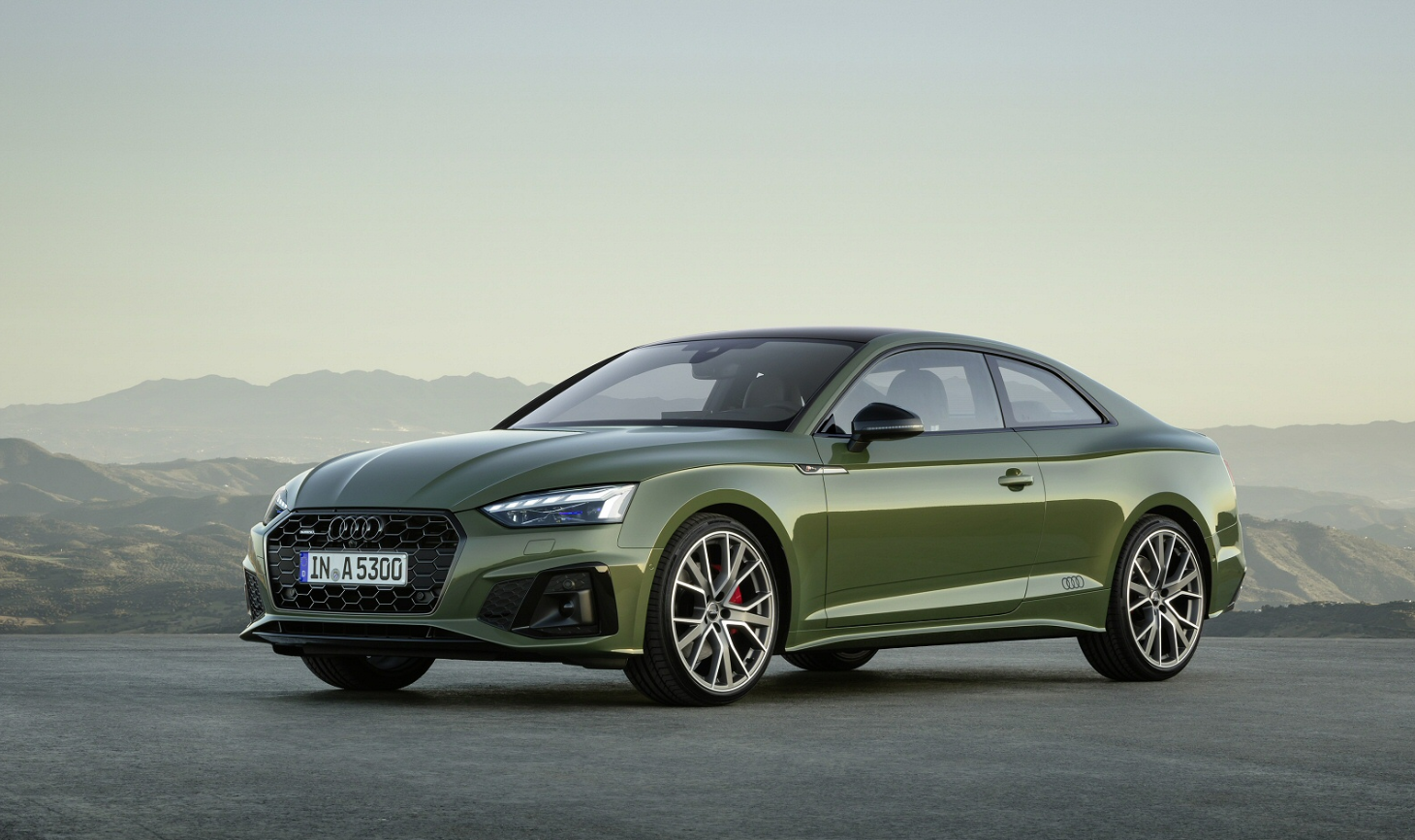
The Audi A5: A Balancing Act of Luxury and Performance in 2025
The Audi A5, a sleek coupe that seamlessly blends sportiness and elegance, has long been a favorite among discerning drivers. As we approach 2025, the A5 continues its evolution, incorporating advancements in technology, design, and performance. One crucial aspect of this evolution is the car’s weight, a factor that significantly impacts its handling, fuel efficiency, and overall driving experience.
A History of Weight Management
The A5’s journey has seen a constant struggle between delivering a luxurious and powerful driving experience and maintaining a manageable weight. The first generation, launched in 2007, was praised for its sharp handling and engaging driving dynamics. However, its weight, particularly in higher trim levels, was often criticized as a drawback.
The second generation, introduced in 2016, addressed this issue with a more efficient platform and the use of lightweight materials. The result was a car that was both sportier and more fuel-efficient. This trend continued with the current, third generation, which debuted in 2017.
The 2025 Audi A5: A Focus on Efficiency
As we move towards 2025, the automotive industry is under increasing pressure to reduce emissions and improve fuel economy. Audi, a leader in this space, is expected to continue its focus on weight optimization for the A5.
Several factors will contribute to this trend:
- Lightweight Materials: Audi is likely to further incorporate lightweight materials such as aluminum, carbon fiber, and high-strength steel in the 2025 A5. These materials offer superior strength-to-weight ratios, allowing for a reduction in overall mass without compromising structural integrity.
- Aerodynamic Optimization: The A5’s sleek design is already aerodynamically efficient. However, Audi could further refine the bodywork, including underbody panels and active aero elements, to reduce drag and improve fuel economy.
- Powertrain Innovations: The 2025 A5 is likely to offer a range of powertrains, including efficient gasoline and diesel engines, as well as hybrid and fully electric options. These powertrains, coupled with weight reduction measures, will contribute to improved fuel efficiency and reduced emissions.
- Advanced Manufacturing Techniques: Audi is constantly investing in advanced manufacturing techniques like laser welding and high-pressure die casting. These techniques allow for the production of lighter and stronger components, further contributing to weight reduction.
The Impact of Weight Reduction
Reducing the weight of the 2025 Audi A5 will have a significant impact on its performance and driving experience:
- Improved Handling and Performance: A lighter car will be more responsive to driver inputs, resulting in quicker acceleration, sharper cornering, and improved braking. This will translate to a more engaging and exhilarating driving experience.
- Enhanced Fuel Economy: Lower weight translates to reduced rolling resistance and a lower demand on the engine, leading to improved fuel efficiency. This will not only save drivers money on fuel but also contribute to a greener footprint.
- Increased Agility: A lighter A5 will be more agile and nimble, particularly on winding roads. This will allow drivers to navigate corners with greater precision and confidence.
- Reduced Emissions: Improved fuel economy directly leads to lower emissions, aligning with Audi’s commitment to sustainability.
Specific Weight Targets
While precise figures for the 2025 A5’s weight are not yet available, we can draw some conclusions based on current trends and industry projections:
- Base Model: The base model, equipped with a smaller engine and standard features, could see a weight reduction of up to 100 kg compared to the current model. This would bring the total weight to around 1550 kg.
- High-Performance Models: Higher-performance models, such as the S5 and RS5, are likely to see a smaller weight reduction, possibly around 50 kg, due to the inclusion of heavier components like larger brakes and more powerful engines. This would result in a weight range of approximately 1700-1800 kg for these models.
The Future of the A5
The 2025 Audi A5 is poised to be a testament to the brand’s commitment to both luxury and performance. By focusing on weight optimization, Audi will deliver a car that is not only more efficient and environmentally friendly but also more engaging and rewarding to drive.
Beyond Weight: Other Key Considerations
While weight is a critical factor, it’s important to consider other aspects that contribute to the 2025 A5’s overall appeal:
- Technology: The 2025 A5 is expected to feature cutting-edge technology, including advanced driver-assistance systems, a comprehensive infotainment system, and a high-quality interior with premium materials.
- Design: Audi’s signature design language, known for its sharp lines and elegant proportions, is likely to be further refined in the 2025 A5. This will result in a car that is both stylish and aerodynamically efficient.
- Powertrain Options: The 2025 A5 is expected to offer a variety of powertrain options, catering to different driving styles and preferences. This will include both gasoline and diesel engines, as well as hybrid and fully electric options.
- Safety Features: Audi has a strong reputation for safety, and the 2025 A5 will likely feature a comprehensive suite of active and passive safety features to protect passengers and pedestrians.
Conclusion
The 2025 Audi A5 is set to be a compelling offering in the premium coupe segment. By focusing on weight reduction, Audi will deliver a car that is both luxurious and sporty, while also being more efficient and environmentally friendly. This focus on balancing performance, luxury, and sustainability will solidify the A5’s position as a benchmark in its class. The future of the A5 is bright, and the weight reduction strategy will be a key factor in its success.







